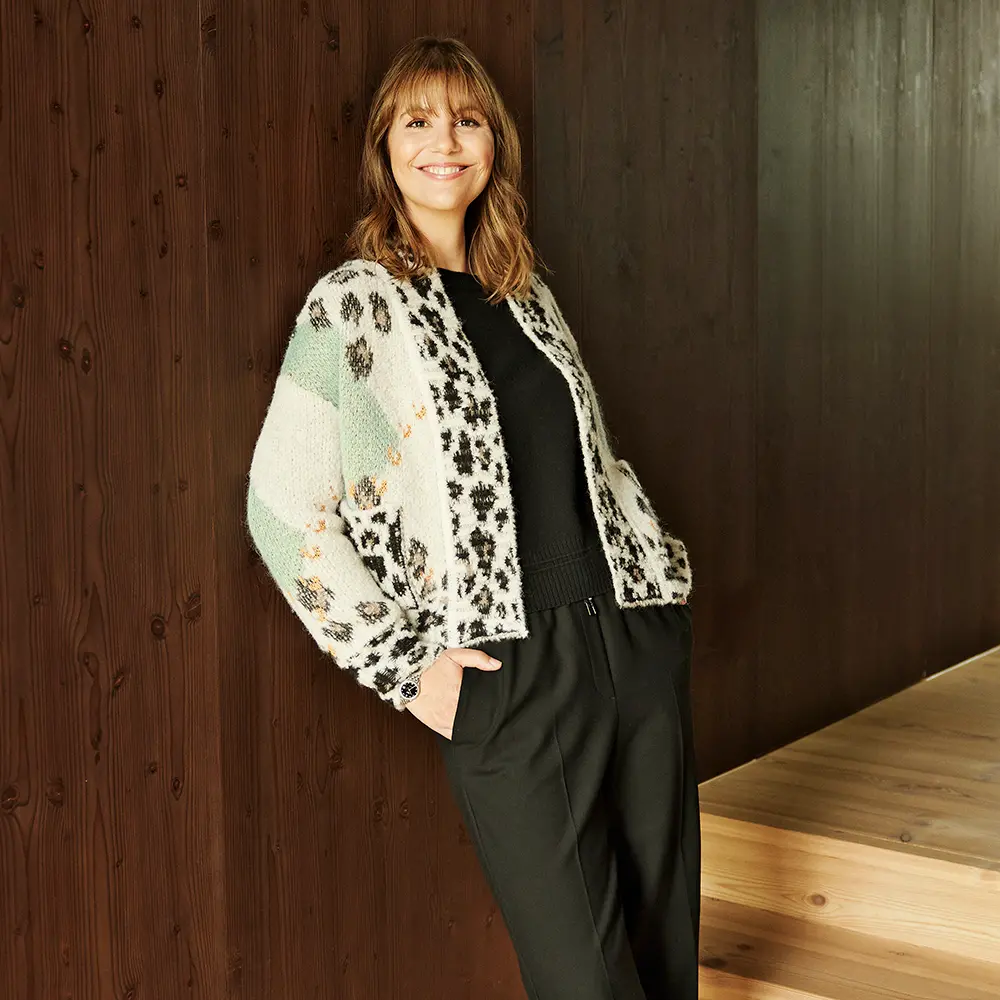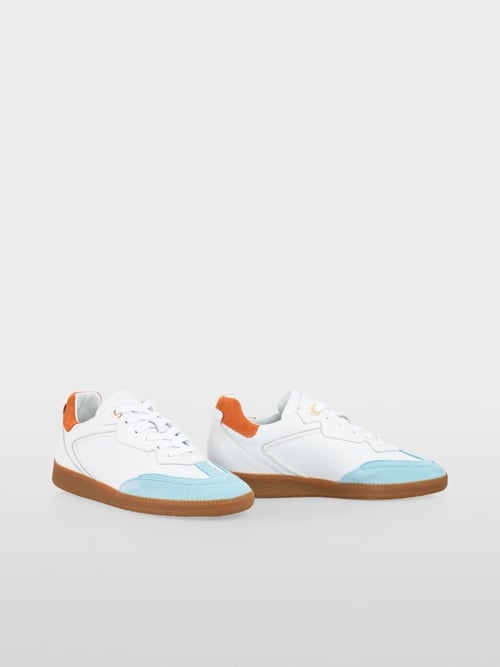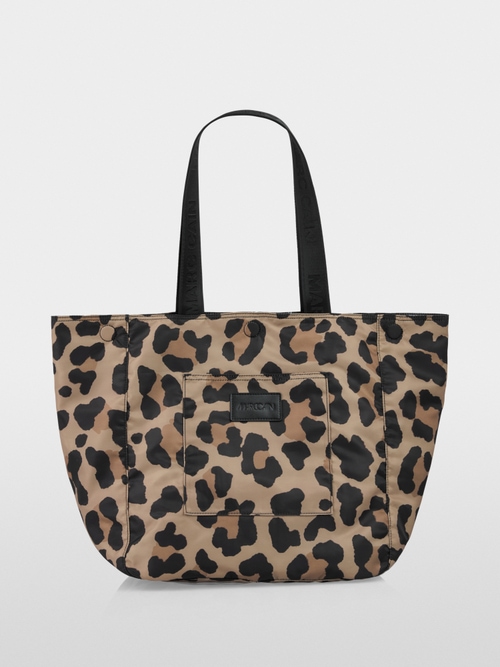
SPIRIT OF RESEARCH
Audrey Vorburger has three children who think what their mother does is cool. They sometimes accompany her on trips, such as to Florida to visit the Kennedy Space Center.

SPIRIT OF RESEARCH
Audrey Vorburger has three children who think what their mother does is cool. They sometimes accompany her on trips, such as to Florida to visit the Kennedy Space Center.
You research possible life in space. Is anyone out there?
Let’s put it this way: the chances of us being alone in the universe are smaller than the chances of us sharing the space with other living beings.
That sounds a bit eerie...
Not really... In our solar system there are at most microbes and bacteria. We’d have to discuss whether and how to decontaminate samples before bringing them to Earth. But I wouldn't feel threatened by them.
You work as a planetologist and physicist at the University of Bern. Did you enjoy stargazing as a child?
Yes. When I was a child I wanted to be a NASA photographer.
In my imagination, it was astronauts who took the
beautiful pictures in books about planets.
How did you get into space research?
I studied electrical engineering and information technology
and did a doctorate in physics. In my first job I evaluated data
for an Indian lunar mission. That’s how I got into space travel.
You’re involved in several missions. One of them is called “Juice”.
Juice stands for Jupiter Icy Moons Explorer. This mission examines
how Jupiter’s three moons are constructed and
whether life would be possible there. I’m the scientific director
of a mass spectrometer. This special measuring device is
on board and we evaluate the data from it.
It will take eight years for the space probe to reach Jupiter.
What does the distant world above us look like?
It’s very dark and freezing cold at minus 230 degrees.
The moons are covered with an icy crust that is ten kilometres
thick. Underneath this are huge oceans in which life
may be possible.
Is there any planet that particularly fascinates you?
Yes, Uranus. Unlike any other planet, it’s tilted. That means
that instead of doing pretty pirouettes, it rolls along its path.
It’s different from all the others, and I like that.
Have you ever thought about going into space yourself?
Yes, every now and then – I’ve just never actively pursued it.
But I can definitely imagine doing it.
Do you believe that people will ever live somewhere else other
than Earth?
Probably not. Life would only be possible on the moon or on
Mars anyway, under domes. But why should we do that?
I don’t see any benefit. And then there’s the ethical component:
are we humans even entitled to do that?
You research possible life in space. Is anyone out there?
Let’s put it this way: the chances of us being alone in the universe are smaller than the chances of us sharing the space with other living beings.
That sounds a bit eerie...
Not really... In our solar system there are at most microbes and bacteria. We’d have to discuss whether and how to decontaminate samples before bringing them to Earth. But I wouldn't feel threatened by them.
You work as a planetologist and physicist at the University of Bern. Did you enjoy stargazing as a child?
Yes. When I was a child I wanted to be a NASA photographer.
In my imagination, it was astronauts who took the
beautiful pictures in books about planets.
How did you get into space research?
I studied electrical engineering and information technology
and did a doctorate in physics. In my first job I evaluated data
for an Indian lunar mission. That’s how I got into space travel.
You’re involved in several missions. One of them is called “Juice”.
Juice stands for Jupiter Icy Moons Explorer. This mission examines
how Jupiter’s three moons are constructed and
whether life would be possible there. I’m the scientific director
of a mass spectrometer. This special measuring device is
on board and we evaluate the data from it.
It will take eight years for the space probe to reach Jupiter.
What does the distant world above us look like?
It’s very dark and freezing cold at minus 230 degrees.
The moons are covered with an icy crust that is ten kilometres
thick. Underneath this are huge oceans in which life
may be possible.
Is there any planet that particularly fascinates you?
Yes, Uranus. Unlike any other planet, it’s tilted. That means
that instead of doing pretty pirouettes, it rolls along its path.
It’s different from all the others, and I like that.
Have you ever thought about going into space yourself?
Yes, every now and then – I’ve just never actively pursued it.
But I can definitely imagine doing it.
Do you believe that people will ever live somewhere else other
than Earth?
Probably not. Life would only be possible on the moon or on
Mars anyway, under domes. But why should we do that?
I don’t see any benefit. And then there’s the ethical component:
are we humans even entitled to do that?
Photography: Joël Hunn, Production: Vanessa Zeeh, Hair & Make-up: Léa Stalder, Photographic assistant: Tina Thommen






